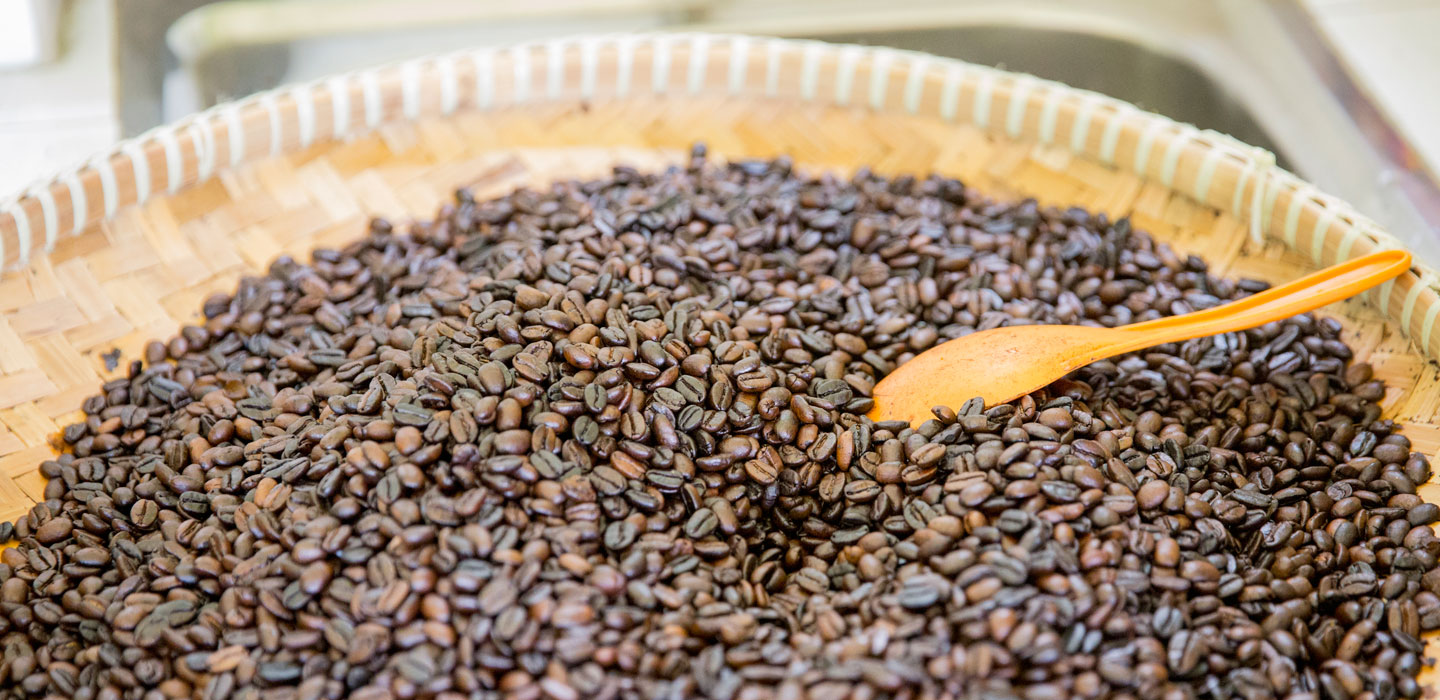Papers and briefs
In Brief

In Brief
Menu Display
Search Results Filters
Search Results
Climate Action Report 2019
The Climate Action Report 2019 provides an overview of IFAD’s work on climate change and reports on progress, challenges and achievements.
The Latin America and Caribbean Advantage: Family farming – a critical success factor for resilient food security and nutrition
The West and Central Africa Advantage: Fighting fragility for smallholder resilience
A new report from the International Fund for Agricultural Development (IFAD) shows that by working with women, men, young people and indigenous peoples as change agents we are best placed to beat back the impact of climate change on rural communities in West and Central Africa (WCA).
The Fisheries and Aquaculture Advantage: Fostering food security and nutrition, increasing
This report presents selected achievements and lessons from the growing portfolio of fisheries and aquaculture investments supported by IFAD.
Policy brief: Partnering with indigenous peoples for the SDGs
The Food Loss Reduction Advantage: Building sustainable food systems
Gender-transformative adaptation - From good practice to better policy
Policy brief: Investing in nutrition
Harnessing smallholder potential for wheat production in Africa – reducing wheat import bills
Stocktake of the use of household methodologies in IFAD’s portfolio
International Day of Family Remittances booklet 2019
BAPA+50 - Achieving rural transformation through South-South and Triangular Cooperation
This paper is a contribution to the celebration of the fortieth anniversary of the Buenos Aires Plan of Action for Promoting and Implementing Technical Cooperation among Developing Countries (TCDC) (UN, 1978), which gave birth to what is known today, in the UN system and beyond, as “South-South and Triangular Cooperation" (SSTC).
The African Agriculture Fund (AAF) Technical Assistance Facility (TAF): Impact brief
Global Forum on Remittances, Investment and Development 2018 – Official Report
This report presents the highlights and key outcomes of the first country-led Global Forum on Remittances, Investment and Development, hosted by Bank Negara Malaysia in collaboration with IFAD and the World Bank Group.
The Indigenous Peoples Assistance Facility: Linking grass-roots indigenous peoples’ organizations and the international community
Indigenous and tribal peoples and ethnic minorities are disproportionately represented among the rural poor. Many of the poorest communities of indigenous peoples are difficult to reach through mainstream development programmes.
The Indigenous Peoples Assistance Facility (IPAF) - Assessment of the performance of the fourth IPAF cycle
Policy brief: Harnessing the role of rural people to promote more inclusive and equal societies
Climate action report 2018
CACHET - Climate and Commodity Hedging to Enable Transformation
The Youth Advantage: Engaging young people in green growth
In 2030, young people will make up around 15 per cent of the world’s population, and rural youth about 6 per cent. Some regions are even expected to see a “youth bulge” or a significantly higher proportion of young people.